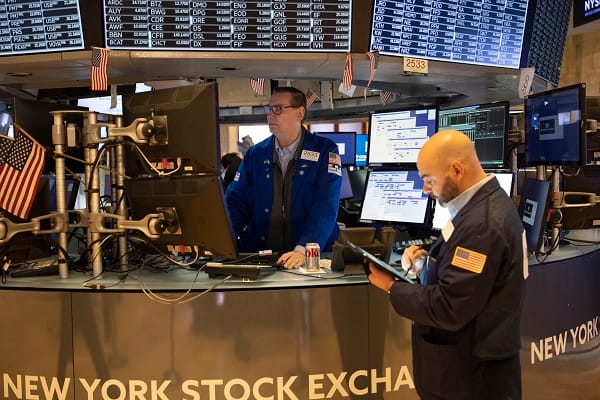The majority of key indices concluded the week on an upward note, as the Nasdaq Composite reached record levels for the first time in more than two years.
Additionally, February wrapped up on a high note, witnessing the S&P 500 achieve its most robust start to a year since 2019 through the first two months.
Interestingly, an equal-weighted version of the S&P 500 Index modestly outperformed its market capitalization counterpart, although the latter maintained a lead in year-to-date performance, primarily driven by the impressive performance of large, tech-oriented growth stocks.
The focal point of the week was the release of the Commerce Department’s core personal consumption expenditures (PCE) price index, which reported a 2.8% rise over the past 12 months, aligning with market expectations.
This report played a crucial role in tempering the market’s reaction to a previous announcement from the Labor Department, which had indicated a higher-than-expected rise in core prices. Despite this positive inflation news, the Federal Reserve’s stance remained unchanged, with officials indicating no rush to adjust interest rates, a sentiment echoed by futures markets which only slightly adjusted the likelihood of rate cuts in the upcoming policy meetings.
However, it wasn’t all smooth sailing; the manufacturing sector showed signs of losing momentum, with the Institute for Supply Management’s (ISM) manufacturing activity index dropping unexpectedly.
This was somewhat balanced by a modest rise in durable goods, excluding the volatile defense and aircraft sectors, and a significant increase in personal incomes in February, which marked the largest gain in a year.
On the fixed income front, Treasury yields fell to their lowest intraday level since mid-February, with bond prices inversely rising, providing positive returns for U.S. Treasuries. The municipal bond market also saw gains, benefitting from a light issuance schedule.
Turning to Europe, the financial markets presented a mixed picture, with the pan-European STOXX Europe 600 Index remaining stable but close to record highs.
The persistence of inflation concerns led investors to reassess their expectations for potential rate cuts by the European Central Bank in the forthcoming year. The major stock indexes across the region showed varied performance, with Germany and Italy experiencing growth, while France and the UK saw slight declines.
The inflation narrative continued to dominate, with both headline and core inflation rates in the Eurozone slowing less than anticipated, contributing to a cautious investor sentiment. Economic sentiment in the region also took a hit, particularly in the services sector, which saw a decrease in demand.
In other regions, Japan’s stock market enjoyed another week of gains, with the Nikkei 225 and TOPIX indices climbing higher, supported by a highly accommodative monetary policy stance from the Bank of Japan.
The central bank continued to emphasize the importance of sustained inflation and wage growth before considering any policy shifts. Despite a stable yen, Japanese exporters benefited from the currency’s weakness, contributing to share price gains. However, the manufacturing sector faced challenges, with deteriorating conditions contrasting a stronger services sector.
In China, stocks rose on hopes of increased monetary easing measures to stimulate growth. Despite manufacturing activity remaining in contraction, there were signs of improvement in the services sector. The real estate sector, however, continued to face significant challenges, with a notable decline in new home sales, putting pressure on policymakers to intensify support for the sector.
Overall, the week’s market performance highlighted a landscape of cautious optimism, with investors navigating through a complex matrix of economic data, policy expectations, and sector-specific challenges across different regions.






Leave a Comment